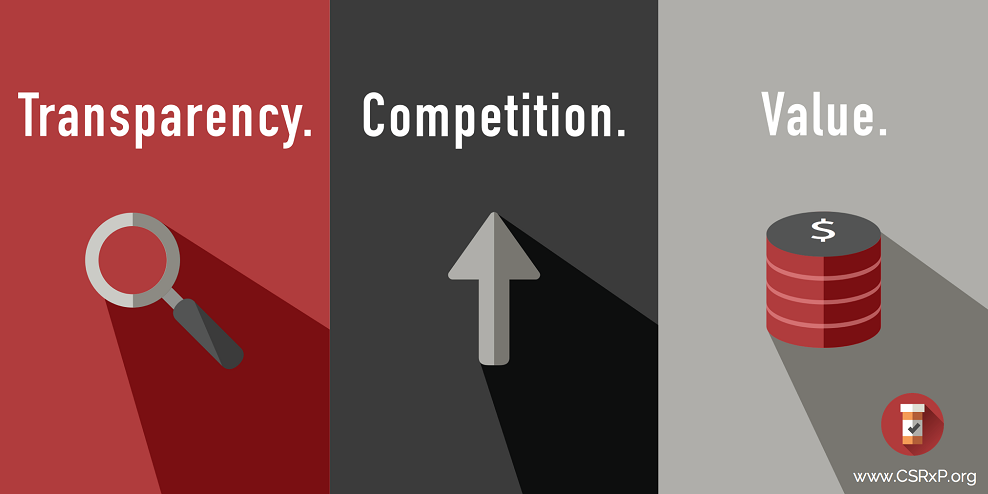© 2024 CSRXP- All Rights Reserved

Improving the Prescription Drug Market through Transparency, Competition, and Value
Aug 3, 2016
Morning Consult
Improving the Prescription Drug Market through Transparency, Competition, and Value
By Rodney Whitlock, CSRxP
August 3, 2016
View Online
Covered California announced last week that premiums on its exchange could increase by an average of 13 percent in 2017. “We kicked the tires hard,” Covered California Executive Director Peter V. Lee said. “This isn’t about health plans making big buckets of money. This is about health-care costs rising.” This is just one in a series of similar announcements coming out of states this summer.
Avik Roy recently opined that Republicans need to take seriously the role prescription drugs play in rising health care premiums. Peter Pitts argued in response that prescription drug companies are not the culprit for the rising medication prices that outrage Americans.
Pitts points instead to hospitals, health insurance plans, pharmacists, and others for why drug prices have reached record highs. But such arguments ignore the reality of today’s prescription drug market. Rising drug prices are one of the largest causes of rising health care costs year-after-year and place a dangerous strain on America’s health care system.
Patients with chronic conditions, such as Hepatitis C, benefit immensely when breakthrough, life-changing drugs provide a cure where none existed before. But when states are driven to create access limitations to that same drug for their Medicaid populations, we have to acknowledge something is not quite right here.
Price increases aren’t limited to new, breakthrough drugs just now becoming available. We regularly hear about prices going up for prescription medications that have been on the market for years and long ago recouped their research and development costs. Take the case of Crestor for high cholesterol which doubled in price between 2007 and 2014, and is the second-most commonly prescribed drug in the United States with 21.4 million users. Lyrica, a medication for fibromyalgia, has more than 10 million users and went up by 125 percent during the same period. Crestor and Lyrica didn’t actually improve over those years, yet the price still increased dramatically. Those are two examples but the list goes on and on. This year alone Pfizer raised prices on more than 100 of its medications. Twice.
Today’s prescription drug market allows behaviors that overtly limit competition. Under current law, just as the exclusivity period for a new medication ends, a drug company can repackage essentially the same drug and secure additional years without competition. Once competitors are finally able to get in the game, branded drug companies can refuse to sell samples of their product to the generic companies, even though those samples are necessary for FDA-requiring testing.
In Pitts’ piece, he also writes that “if drug companies were open and honest about their frequent and expensive failures, they could quash the myth that pharmaceutical research is obscenely lucrative.” To his credit, that’s a point that many people agree on. Today, research and development costs for new medications are not public. Publicly disclosing that information would benefit the patient and increase the functionality of the market. This is not a false choice between innovation or affordability. There can and must be both.
Patients deserve a prescription drug marketplace that makes more of the costs transparent, encourages competition, and provides reliable information regarding value. Patients should be able to ask themselves if the “therapeutic outcome” is in line with the drug’s price. That information will be critical to moving America’s prescription drug market toward a system that empowers doctors and patients to choose medications based on the value they provide.
It is going to take market-based solutions to lower prescription drug prices that provide additional transparency, competition, and value. We do not need price controls; we need a properly functioning market. Otherwise rising prescription drug prices will continue driving up health care costs for everyone.
Rodney L. Whitlock, vice president of health policy at ML Strategies, is a consultant to the Campaign for Sustainable Drug Pricing.
